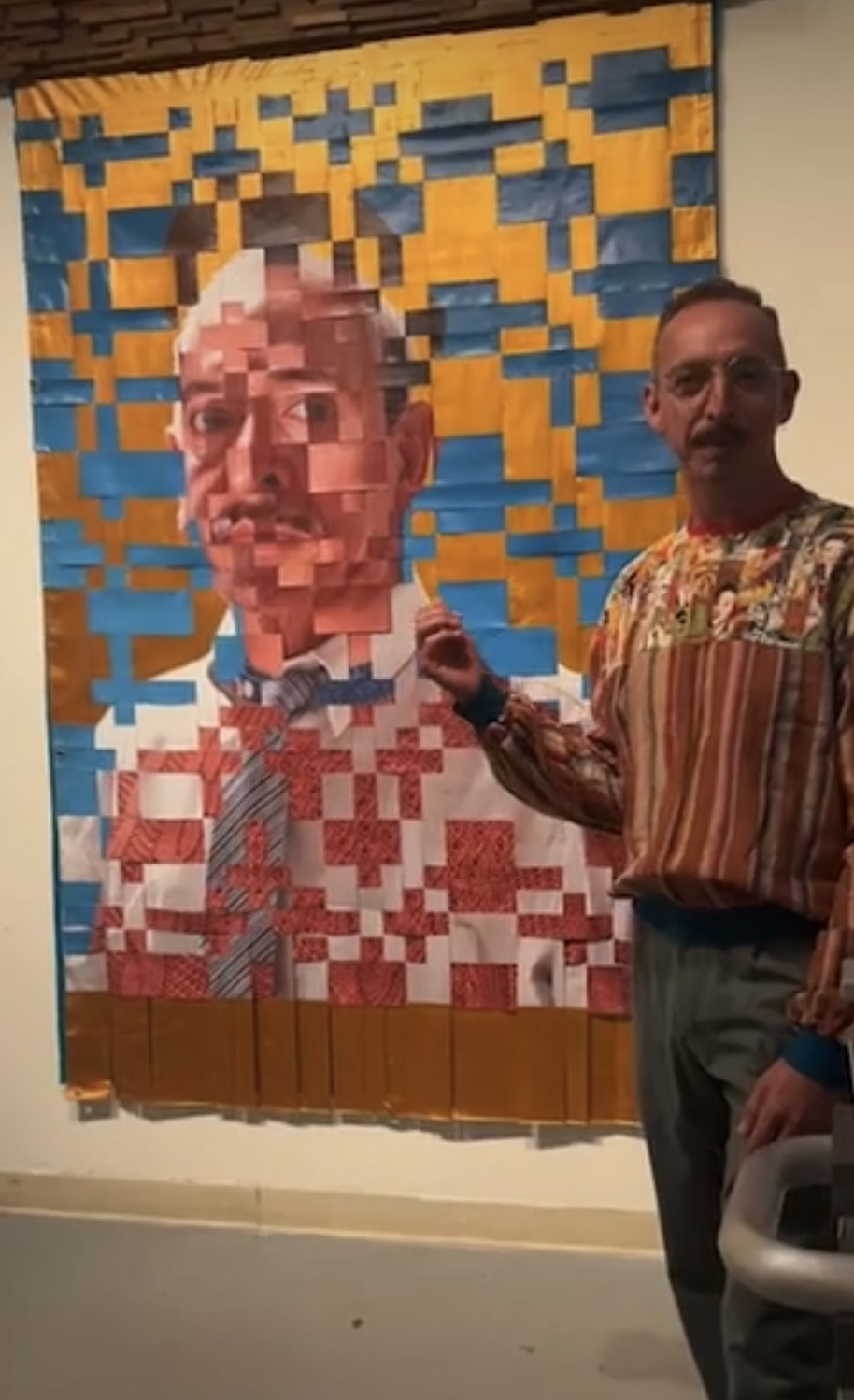Part 1 - Curatorial Activism defined
In “This Is What I Know About Art”, Kimberly Drew explores how art and curatorial practices can challenge social issues like racism and sexism. Alongside her, Maura Reilly in “Towards Curatorial Activism” emphasizes that art spaces aren't neutral, they can either uphold societal biases or challenge them. Both Drew and Reilly highlight how artists, curators, and art historians can act as activists, using their platforms to advocate for inclusion and equity. Their works suggest that art can be a medium for social transformation, amplifying diverse perspectives and confronting cultural stereotypes.
In her book, Drew recalls a moment that changed her perception of the art world: the realization that major art institutions often overlook Black artists. This awakening led her to create “Black Contemporary Art”, a Tumblr blog dedicated to showcasing Black artists who are frequently underrepresented in mainstream art. Drew asserts, “Art has the power to disrupt” (Drew, 18), illustrating her belief that art transcends aesthetics; it can be a powerful tool for social change. Her blog, which began as a small initiative, quickly evolved into a significant platform for marginalized artists. This journey reflects Reilly's concept of “curatorial activism,” where curators take an active role in creating spaces for underrepresented voices, challenging mainstream galleries to rethink their collections.
Reilly’s essay calls for a broader inclusion of women, people of color, and LGBTQ+ artists in exhibitions. Breaking away from the historic dominance of white male narratives. She writes, “Curatorial activism is about providing a platform for those historically marginalized by the mainstream art world” (Reilly, 2), She argues that by breaking away from the traditional dominance of white, heterosexual male narratives, curators can help reshape art spaces that promote inclusivity. This idea resonates with Bell Hooks’ thoughts in “Understanding Patriarchy”, where she highlights how societal structures often restrict women to conventional roles, advocating for a redefinition of these expectations. The combined efforts of Drew and Reilly aim to make the art world a place where all voices can be heard, demonstrating that art is not just a reflection of society but also a powerful tool for reshaping it.
Part II: Activism in Lente Latine/Latin Lens
The exhibition Lente Latine/Latin Lens exemplifies Drew's and Reilly's ideas in practice, showcasing works that challenge cultural norms and highlight underrepresented narratives. A striking piece in the exhibition is Group 4 from Qiana Mestrich’s “Namesake” series, which explores the intersections of identity, race, and history, resonating with the principles of curatorial activism.
1. “Group 4 from the Namesake Series” by Qiana Mestrich
This work features a selection of mugshots of predominantly Black and Latino women named "Qiana," gathered from public archives.
Mestrich's series draws attention to women who share her name, exploring themes of identity and systemic bias. By re-photographing these low-resolution mugshots in an abstract, blurred style, Mestrich transforms their original intent. The images take on a new life that challenges the viewer's perceptions of these women as mere criminals. Instead, Mestrich creates “photographs of photographs,” capturing the pain and complexity behind the original mugshots, which often serve to label individuals as criminals. She describes the results as having “bruisy colors” that metaphorically reference violence, symbolizing the trauma that marginalized communities endure. This approach highlights the importance of rethinking the narrative around these women, offering dignity to those often viewed through a lens of suspicion.
Mestrich's work critiques the intersections of corporate influence, racial profiling, and identity, aligning with Drew’s belief in art's potential to “agitate and awaken” (Drew, 42). By abstracting these mugshots, Mestrich disrupts the archival intent and prompts viewers to confront societal biases. Her work exemplifies Reilly’s curatorial activism, encouraging audiences to grapple with the realities of racial profiling and the societal constructs that shape identities.
2. “El Diablo es Una Mujer” by Lizzy Alejandro
Another piece from the exhibition Lente Latine/Latin Lens that brings Drew’s and Reilly’s ideas to life is "El Diablo es Una Mujer” by Lizzy Alejandro
This piece is a photograph featuring a woman wearing a Vejigante Mask, a colorful mask typically worn by men during Puerto Rican Carnaval celebrations. Alejandro’s decision to feature a woman wearing this traditionally masculine symbol is a strong statement against patriarchy. In Puerto Rican culture, the mask has deep associations with masculinity and strength.
"Patriarchy has no gender. It tells women that they are weak and incapable and tells men that they must be strong and in control."( Hooks, 2004)
By giving the mask to a woman, Alejandro is challenging who can occupy roles of power in society. Her work aligns with Bell Hooks’ reflections on how women are often expected to follow set roles, showing that women can take on traditionally male roles and symbols. Drew’s words, “Art should agitate and awaken” (Drew, 42), echo in Alejandro’s work, as the piece pushes against stereotypes and invites viewers to rethink cultural norms. Alejandro’s work speaks to empowerment and invites viewers to imagine women reclaiming their roles in cultural narratives, which aligns with curatorial activism’s goals of promoting diverse voices in art.
"El Diablo es Una Mujer” by Lizzy Alejandro
Works Cited:
- Drew, Kimberly. “This Is What I Know About Art”. Penguin Workshop, 2020.
- Hooks, Bell. “Understanding Patriarchy”. Self-published, 2004.
- Reilly, Maura. “Towards Curatorial Activism”. Art Journal, 2018.







